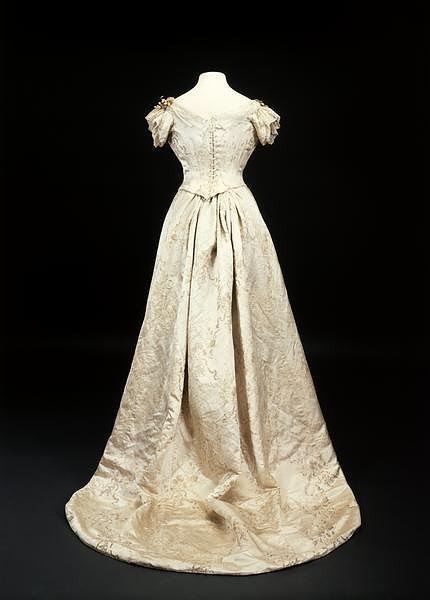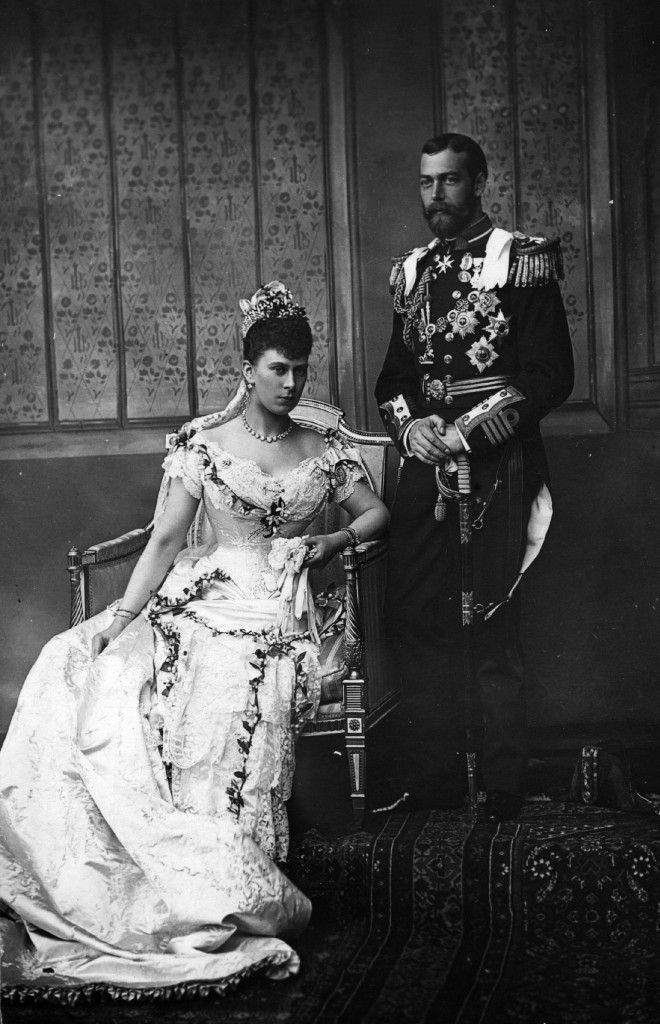On this day in 1914, Joshua Lawrence Chamberlain died in Portland, Maine, at the age of 85. He had been very sick on and off for many years as a result of the wounds he suffered in the Civil War. For 50 years, he endured pain, infections, periodic incontinence and impotence but he always seemed to bounce back and continue on with his work. After the Civil War, he served four terms as the governor of Maine, he was an author and lecturer, he was a real estate investor, he was president of Bowdoin college, and he eventually ended his life as a surveyor in Portland. His life took a sharp decline after Fanny (me) died in 1905 and he ended up closing their home in Brunswick of 48 years to live in Portland where there were not so many reminders of her (me).
He died just after 9:30 in the morning, having been down with a cold for a while, and probably got urisepsis from his old wounds. His children were there with him when he died in the back bedroom of the simple white house on Ocean Avenue. The home is in private hands now but I drove by on my trip to Maine a few years ago to see where he left the world. I tend to look at the last years of his life as a historian with little emotion because I had taken my leave in 1905. He had a huge military funeral in Portland and then he was taken to Brunswick for another funeral and finally buried there in Pine Grove Cemetery.
History remembers him as the soldier who executed a bayonet charge on Little Round Top, was wounded six times in the Civil War, and had a number of horses shot out from under him in combat. I remember him as a complicated, tender and shy man who was deeply flawed but deeply spiritual, brave and intelligent too. The soldier was only a small part of his life but it impacted the rest of his life so much that it overshadowed everything else he did. For me, the biggest accomplishment was the way he held the family together even though we were often separated by geography or emotional discourse. No matter what trouble came our way, he never quit. He was a hands-on father as well, much more so than other men of his generation. He also understood women in ways that other men of his generation did not. Stubborn, prone to periodic jealousy and depression, intensely spiritual, highly intuitive, passionate, argumentative, messy and with a fertile mind, it’s really quite impossible to describe him in full form. He was just someone you had to know.
Even though I’m not living that life anymore, something deep inside still feels a void in not being with him in this lifetime. I miss his flirtatious humor and compassion the most. About four or five years before he died, a young lady was walking by the house and noticed him leaning on the front gate. They struck up a conversation and he told her about how he was looking for a new secretary but all the local help was hired out because of Bowdoin’s graduation season. She offered herself for the job and his eyes twinkled as he smiled and said, “Oh, could you?” It was then that she realized she had walked right into his charm and that was his plan all along. I like to tell that story because it shows that he could charm any lady into buying ketchup popsicles even if she was wearing white gloves. The young lady remained his secretary for a few years. As shy as he was in his early adulthood, he was very flirtatious and had quite a few female admirers, especially after the war. It was his humor, sincerity and clever mind that they loved. There was also something externally naive and innocent about him but there was a bit of a devil further inside too, which they all found wickedly attractive. I did too.
It’s difficult to be without him but it must be so for this lifetime. I have things I need to go through and learn that wouldn’t happen if he was here because I would depend on him too much. I’m learning, I’m growing, and one day I will see him again.

The house where Joshua Lawrence Chamberlain lived at the end of his life. He died in a back bedroom.
Read More























